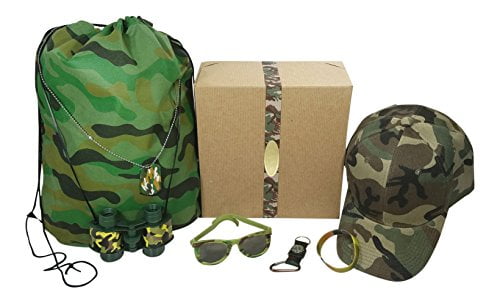


It replaced the previous Desert Battle Dress Uniform (DBDU) which featured a six-color "chocolate chip" pattern of beige, pale olive green, two tones of brown, and black and white rock spots. military's Battle Dress Uniform (BDU) uniform, but features a three-color desert camouflage pattern of dark brown, pale olive green, and beige, as opposed to the four-color woodland pattern of the BDU. In terms of pattern and textile cut, it is identical to the U.S. The Desert Camouflage Uniform ( DCU) is an arid-environment camouflage uniform that was used by the United States Armed Forces from the mid-1990s to the early 2010s. See Users for other foreign military/law enforcement users The UK based Military 1st offers a range of high-quality tactical gear, accessories and combat uniforms in this renowned pattern, including quality combat shirts and cargo trousers, from such manufacturers as Helikon and Pentagon.A folded and buttoned U.S. Consisting of beige and earth brown horizontal waves placed on a sandy background, the general purpose 3-colour desert camouflage design proved to be more suitable to sparsely vegetated, sandy regions and was since copied and adopted by many nations around the world. The camouflage pattern was then used up until the early 2000s when it slowly began to be discontinued, first within the U.S. Although in full production by 1991, only a very small number of examples are known to have reached the United States forces during the actual Operation Desert Storm.

Army combat staff in camouflage uniforms suitable for desert warfare following the invasion of Kuwait by Iraqi Forces in 1990. Introduced in early 90's the 3-Colour Desert pattern was created as a response to the need of equipping a large number of the U.S.


 0 kommentar(er)
0 kommentar(er)
